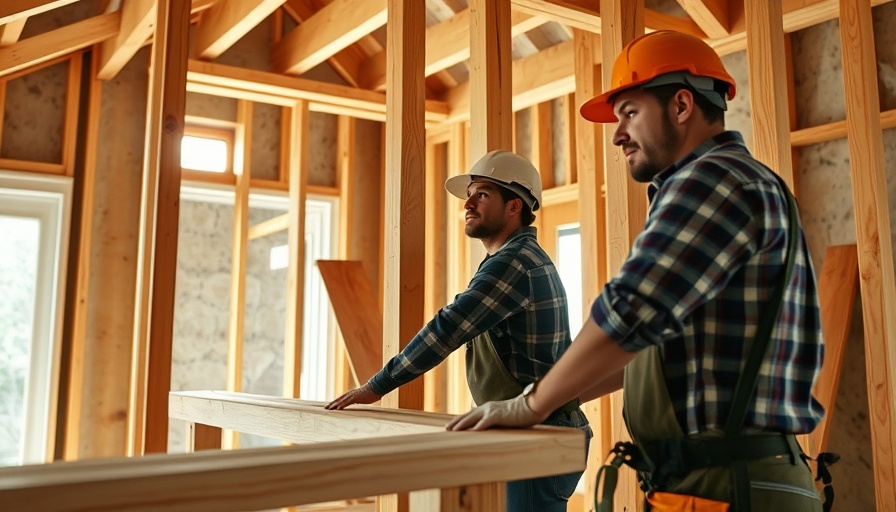
Understanding the Importance of a Level Foundation
In any home addition project, ensuring that the foundation is level is crucial. It may seem like a minor detail, but an unlevel foundation can lead to a multitude of problems, including structural integrity issues, unattractive transitions between old and new flooring, and potential future repairs.
In 'Framing an Addition | This Old House', the discussion dives into the challenges of ensuring a level foundation during renovations, exploring key insights that sparked deeper analysis on our end.
As seen in the recent DIY project featured in This Old House, addressing an uneven surface became a priority for the crew. The challenge? A house built in the 1890s marrying up against an addition constructed in the 1960s. This kind of historical complexity highlights the importance of proper planning and execution in home renovation.
Options to Correct Uneven Flooring
The renovation team laid out multiple strategies to correct the unevenness discovered during the project. From using jacks to lift beams to cutting wedges for installing new subfloors, each method has its own merit and challenges. The process was simplified when the team opted for a straightforward yet effective solution: cutting a section of the floor and using foam adhesive to secure a wedge, ensuring everything lined up flush.
These methodical strategies illustrate that renovations require not only carpentry skills but also problem-solving expertise. Homeowners considering similar projects can take away key lessons about how essential it is to weigh options carefully and adapt solutions based on their unique circumstances.
Takeaways for Homeowners
Planning for a new home addition or renovation? Here are some practical insights:
- Assess What You Have: Before beginning any project, ensure you understand the existing structure. Is it settled? Is it even? Hiring a professional to conduct an inspection can save a lot of headaches down the line.
- Consult the Experts: No matter your level of DIY experience, don't hesitate to reach out to professionals. Resources like This Old House can provide valuable insight and guidance that can save time and frustration.
- Prioritize Aesthetic Appeal: Transitions between old and new spaces should look seamless. Take the time to ensure that the finished product is not only functional but also aesthetically pleasing.
Common Misleading Myths in Renovations
Many homeowners fall prey to myths surrounding renovations. One common misconception is that you can simply cover an uneven floor with carpet or rug layers, ignoring the issue. This approach can mask problems but will ultimately lead to more serious structural concerns if left unaddressed.
Another myth is the belief that all renovation projects must be highly complex and expensive. Many effective solutions can be both cost-efficient and straightforward, provided you have the right guidance.
Why Leveling Matters in Home Renovation
Leveling is not just about correcting a flaw; it sets the groundwork for future improvements and ensures that your home remains a safe and inviting environment. As seen in the example from This Old House, a few adjustments to achieve level flooring can transform a space dramatically. It enhances not just functionality but also boosts the property value, ensuring you get the most out of your investment.
 Add Row
Add Row  Add
Add 




Write A Comment